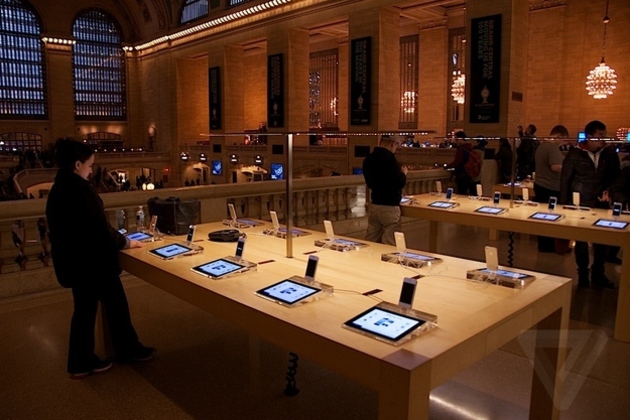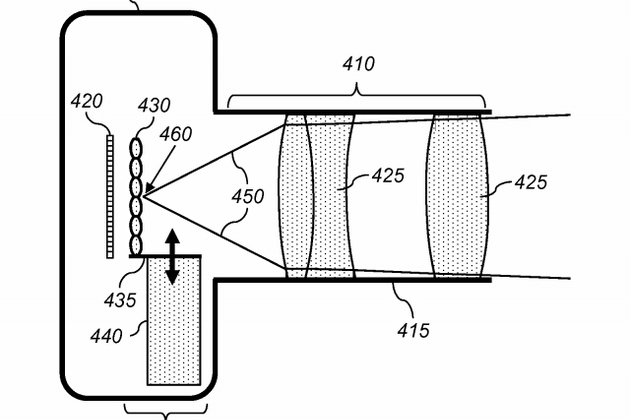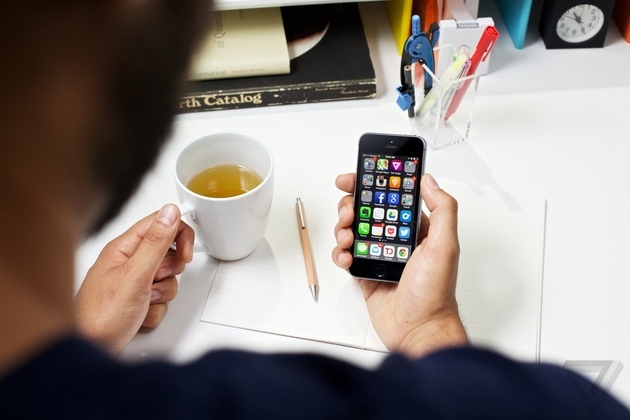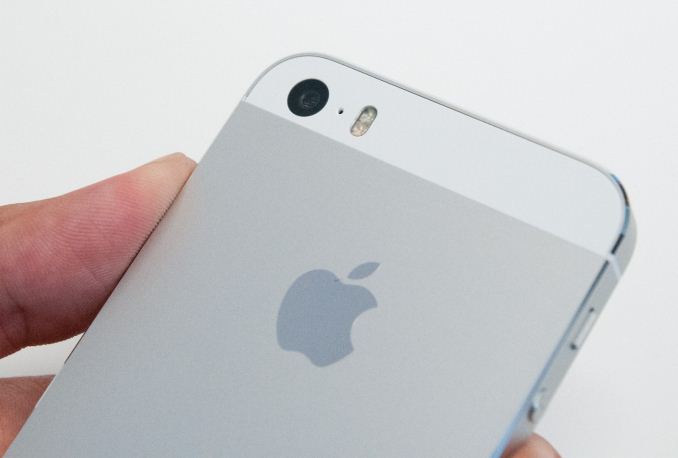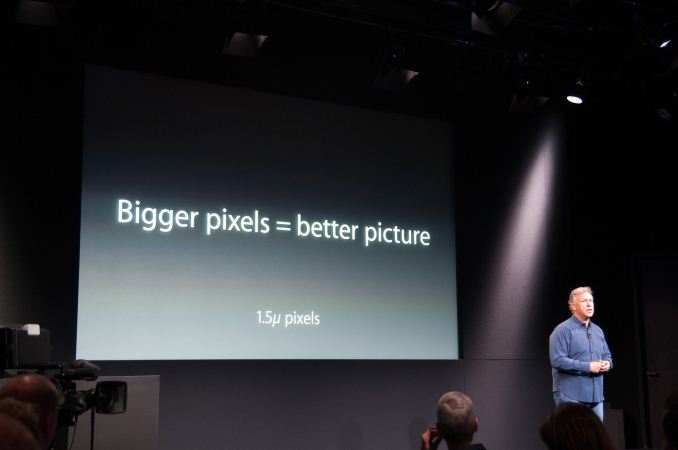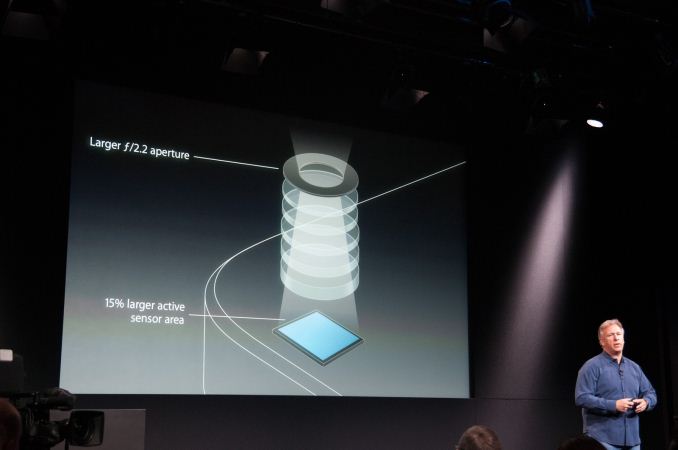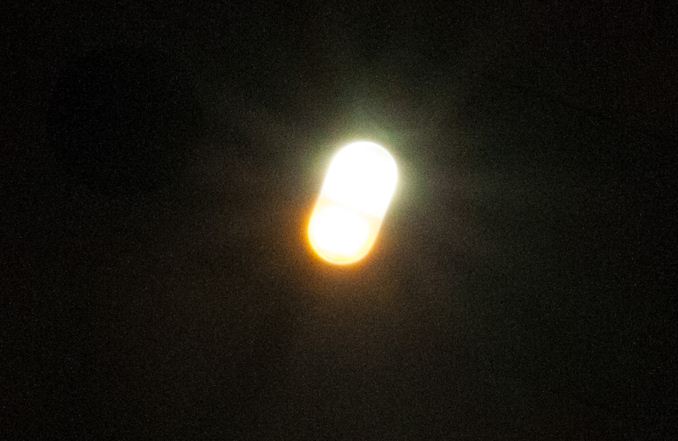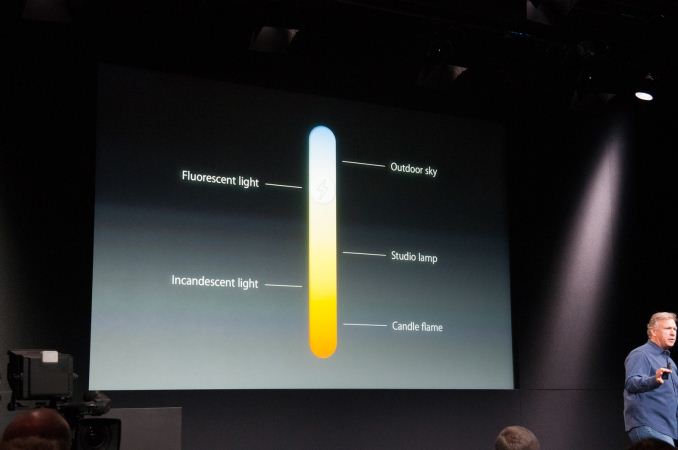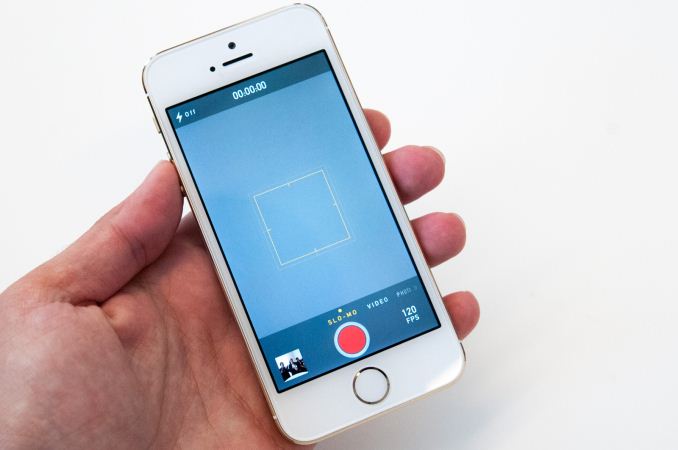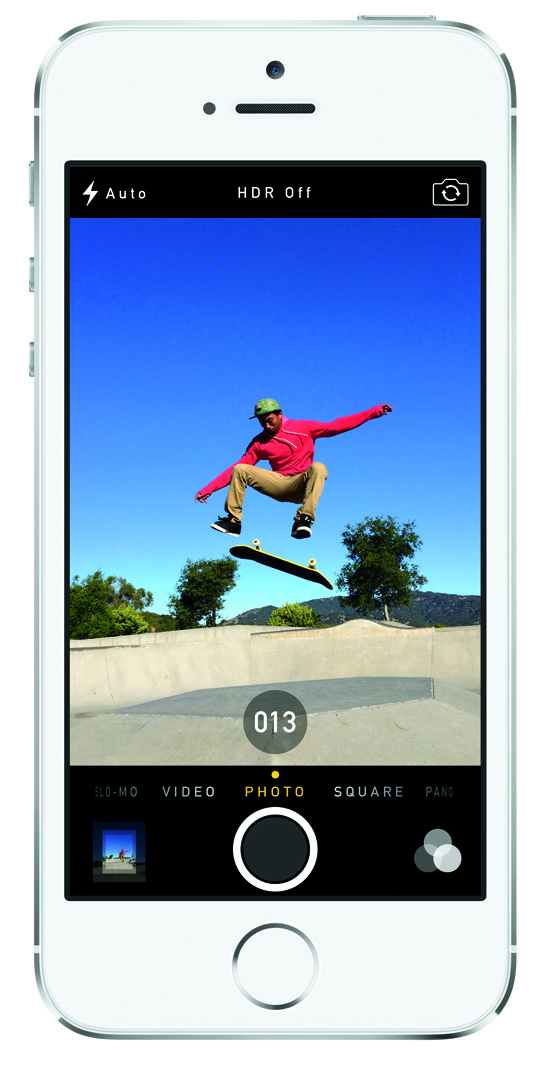I got this one wrong.
I fixed my thinking by this week, but as of a month ago, I had it wrong when I wrote “The Case for a New Lower-Cost iPhone”.
Here’s the thing. The iPhone 5C has nothing to do with price. It probably does have something to do with manufacturing costs (which are lower for Apple), but not price. Apple’s years-long strategy hasn’t really changed. They offer three phones:
- This year’s, with the latest technology.
- Last years’s, starting $100 lower.
- The two-year-old model, with meager storage, free on contract, $200 lower unsubsidized.
It’s just that instead of putting the year-old iPhone 5 in slot #2, they’ve created the 5C to debut in that slot. The 5C is, effectively, an iPhone 5. Same A6, same camera, same just about everything — except for the most obvious difference, its array of colorful plastic shells. This is not an iPod Touch with a cellular antenna (the iPod Touch, which was not updated today, still has an A5 chip and roughly 4S specs). The prices of the iPhone tiers remain the same as last year. What changes with the 5C is that the middle tier is suddenly more appealing, and has a brand of its own that Apple can promote apart from the flagship 5S.
In marketing, what looks new is new.
Yes, it’s plastic, but there’s nothing cheap about it. It has a far better fit and finish, and feels way better in your hand, than Apple’s previous foray into plastic iPhones, the 3G and 3GS. The 5C feels like a premium product.
This move is about establishing the iPhone as a two-sibling family, like how the MacBooks have both the Airs and the Pros. Think of the 5C as the Air, and the 5S as the Pro. Or iMac and Mac Pro. The iPhone is growing up as a product family.
This is the first year when last year’s specs remain good enough to serve as the mass market new iPhone. Take a look at apple.com today and note which new iPhone appears first: the 5C, not the 5S. Which phone did they show a commercial for during the event? The 5C. Part of this too is that the 5C is going to be available in greater numbers sooner. Apple is taking pre-orders for the 5C but not the 5S because, I have reason to believe, they expect the 5S to be in constrained supply. That’s not surprising — plastic is easier to manufacture than aluminum, and the 5C’s components are all a year old. And it makes sense to promote the phone that you can actually fulfill demand for.
Schiller repeated, almost mantra-like, that the 5S was Apple’s “most forward-thinking iPhone”. In his wrap-up, Tim Cook echoed that line. This isn’t about downplaying the 5S, but rather, I think, about establishing the 5S as the top tier in what is now a two-tier lineup. The Lexus to the 5C’s Toyota; the Banana Republic to the 5C’s Gap. (The 4S is Old Navy.) Soon enough, all iOS devices will have 64-bit CPUs, motion-tracking sub-systems, fingerprint sensors, and point-and-shoot caliber cameras. But you get those things first in the iPhone 5S.
Some other thoughts and hands-on experiences from today’s event:
iPhone 5C
The default wallpapers, color coordinated to match the device’s hardware, make for a neat effect. iOS 7’s home screen parallax effect seems designed for this — it’s like a software version of the old see-through iMac hardware, as though your home and lock screens let you see through to the back of the device. (All the wallpapers are available to all iOS 7 users. Interesting that Apple chose not to default to the dynamic/animated ones, but there are color coordinated versions of those too.)
As stated above, the 5C hardware feels solid. And the hardware colors are exactly in line with the new color palette of iOS 7. Looks like an iPod-style “fun” design, way less serious than the 5S or any previous iPhone. I think iOS 7 looks great on the iPhone 5 and 5S, but it looks perfect on the 5C.
One interesting note: the 5C and 5S have a price overlap at $199. At that price, you can get either a 32 GB 5C or a 16 GB 5S. For those who don’t care about technical specs, I think the $199 5C is going to win.
iPhone 5S
Apple’s pitch on the 5S is remarkably simple.
First, it’s faster (seemingly way faster, far faster than the mere “S” tacked onto the end of its name would imply). They’re calling it “desktop caliber” performance, and I don’t think they’re exaggerating. Now that they’ve gone 64-bit, I’ve got to start wondering about ARM-based MacBooks in the near future.
Next, it has an intriguing “motion coprocessor”, which I think pretty much means you can use your 5S as a fitness tracker with almost no effect on your battery life. Fitness apps don’t need to be running in the background — instead, the M7 tracks your motion and the apps can read the logged data when you launch them. That’s huge — and perhaps bad news for dedicated fitness tracking hardware like Fitbit.
The camera is seriously upgraded. The slow-motion video mode is simple and fun, and the burst mode for stills is terrific. When you take a burst batch, after you pick which one (or ones) you want to keep, you can delete the remainder of the burst batch in one action. So you can take 30 photos in a three-second burst, pick two, and delete the other 28 all at once. Seems perfect. With no hyperbole, I think Apple is gunning to obviate the point-and-shoot camera industry. They’re on the short end of the stick when it comes to optics — the iPhone camera is small, and size (lens, length, sensor) matters in photography. But they’re working wonders on that end, and when it comes to software, I don’t see how traditional camera companies like Canon, Nikon, and Fuji can compete.
Lastly, there’s the Touch ID sensor. It’s fairly quick to train, and once trained, it is really fast, and in my brief hands-on testing, very accurate. The optimal way to use it to unlock your phone seems to be to tap the home button once to wake the phone, and then just keep your thumb or finger on the button for just another moment. Boom, unlocked. It’s very impressive technology. I already feel silly tapping in my passcode to unlock my iPhone.
When it comes to colors, the silver model seemed more or less unchanged from last year’s silver 5. The black one, which Apple is calling “space gray”, definitely has a different anodized color. It’s lighter and more metallic looking. I like it, and I think it will age better when you get wear and tear along the edges.
Then there’s goldie. I can’t say it’s my cup of tea, but it does look good, and not at all cheesy. Maybe a little blingy, but my hunch is that it’s going to prove wildly popular. If one color 5S proves harder to get than the others, it’s going to be the gold one I think.
iPods and iPads
No news at all is the only news regarding iPods. Apple has never held a “music event” without at least some new iPod models, but this year, nothing. Maybe next month, alongside new iPads — or maybe they’re going to stick with last year’s lineup for another year. I’m not sure what to expect.
If they’re holding new iPods until next month, my guess it’s because they wanted the iPhone 5C to be the only “available in an array of five bright colors” product in the spotlight today.
Speaking of next month, last year Apple held events on September 11 (iPhone 5, iPods) and October 23 (iPads). I feel pretty sure I’ll be flying back out next month.

